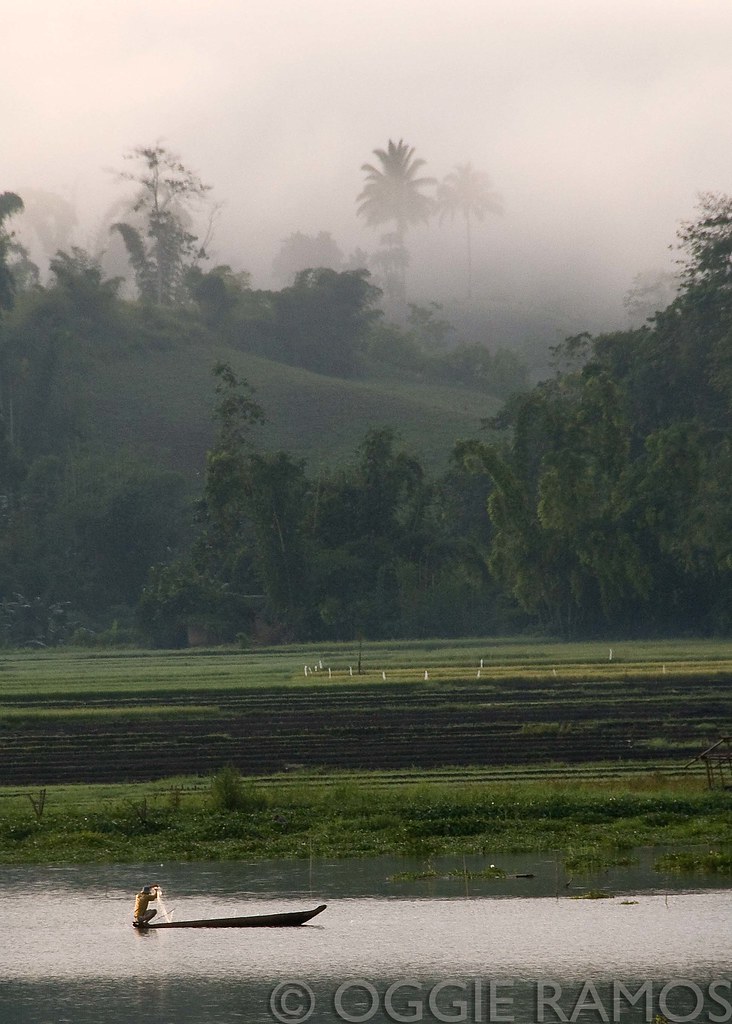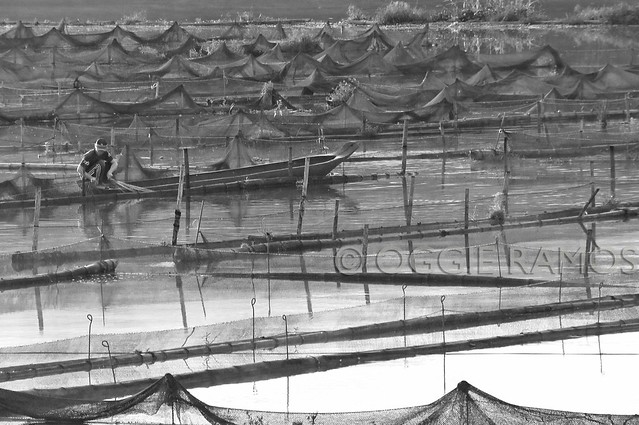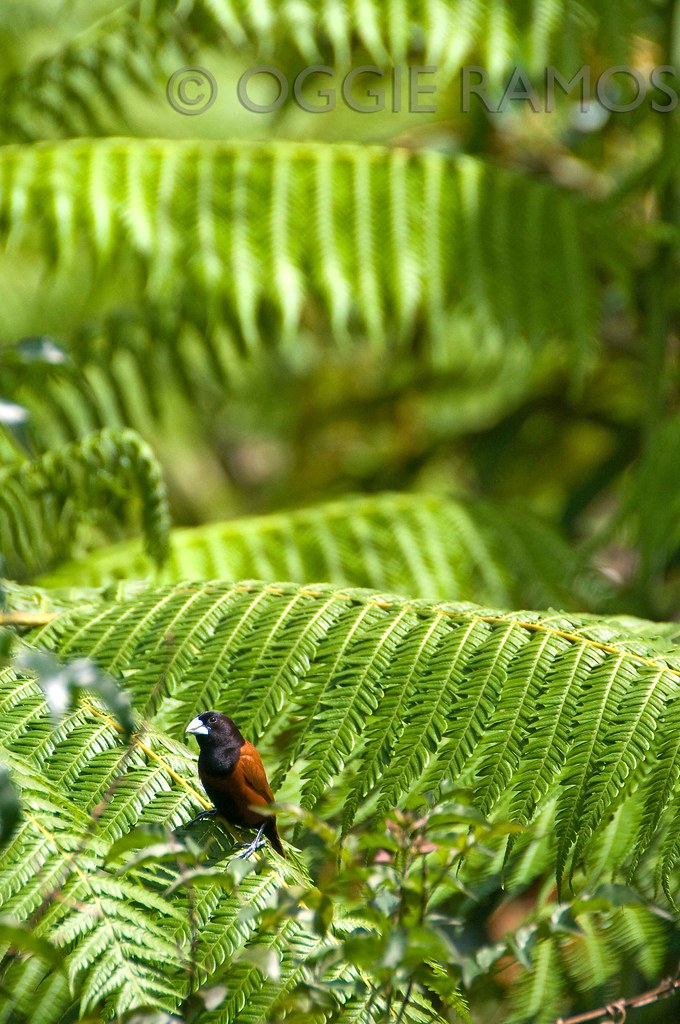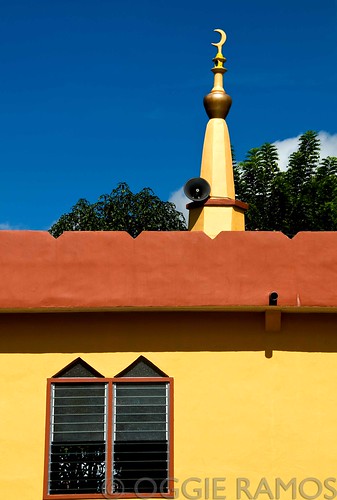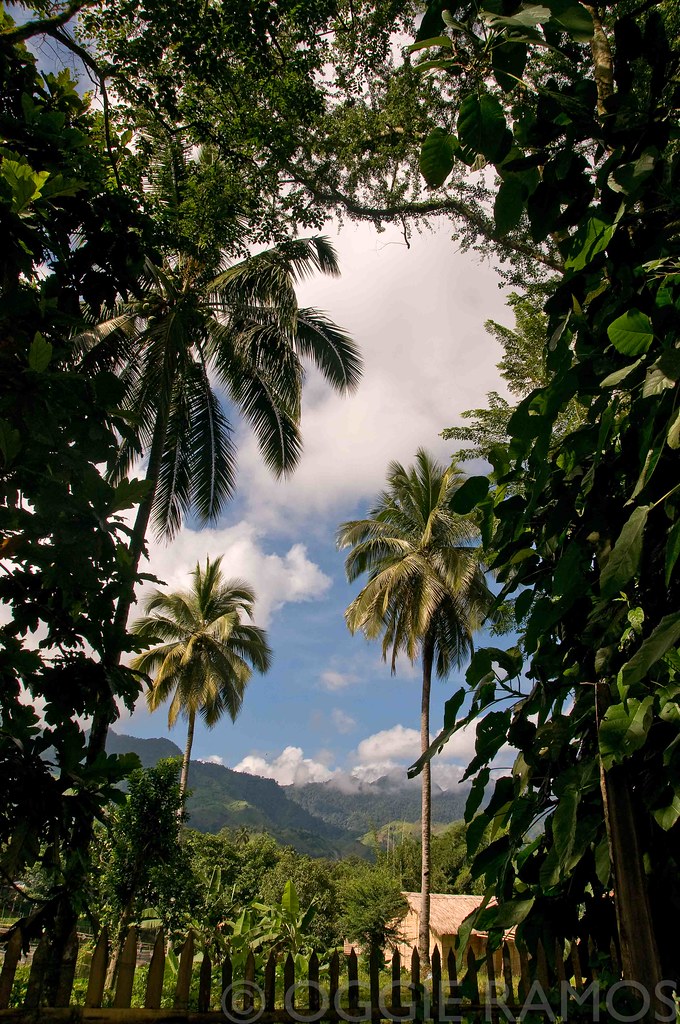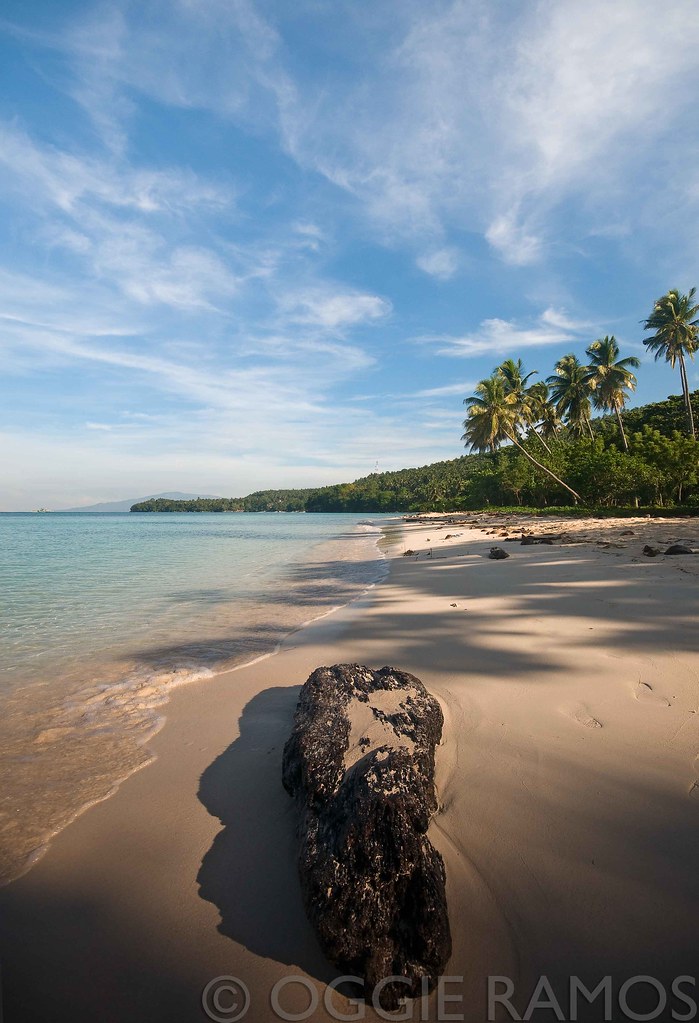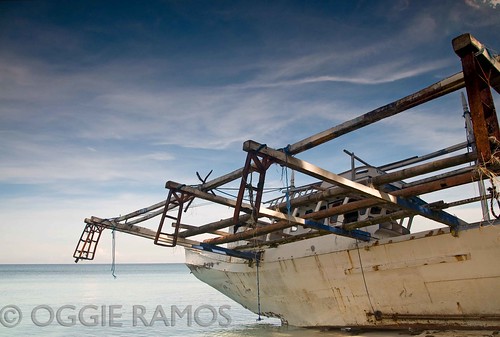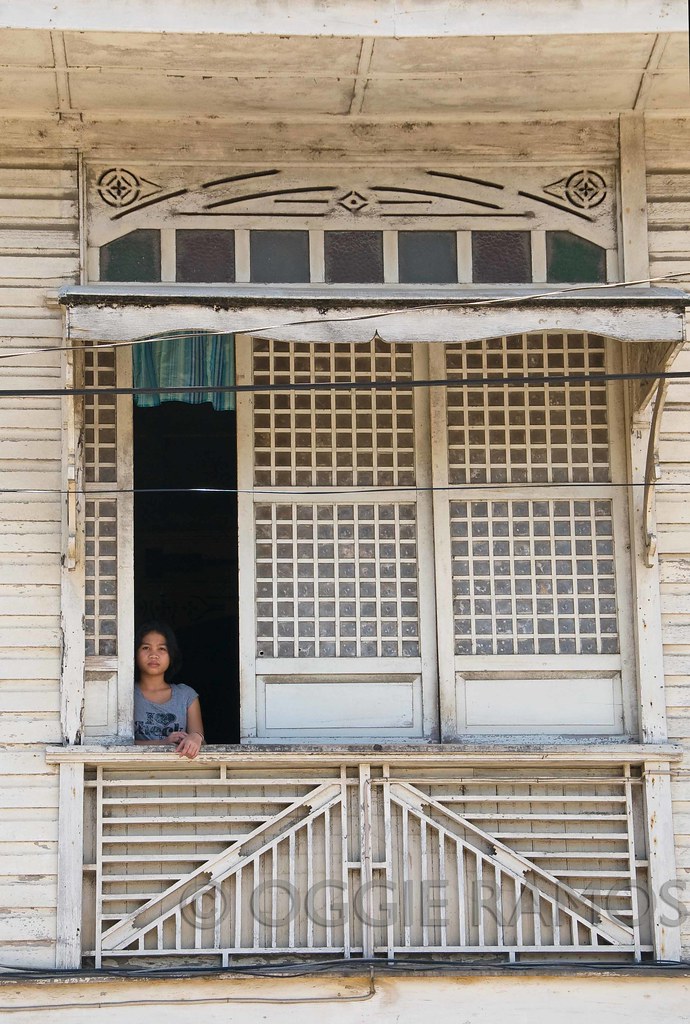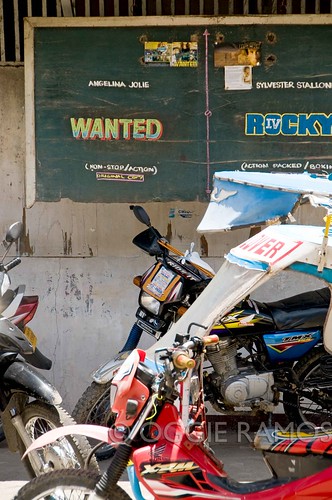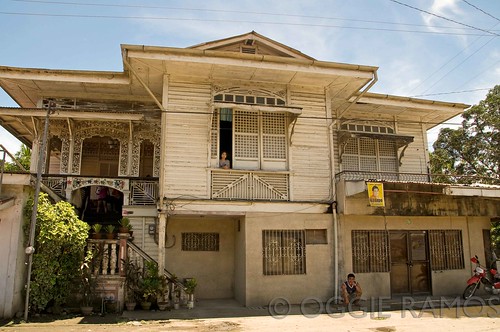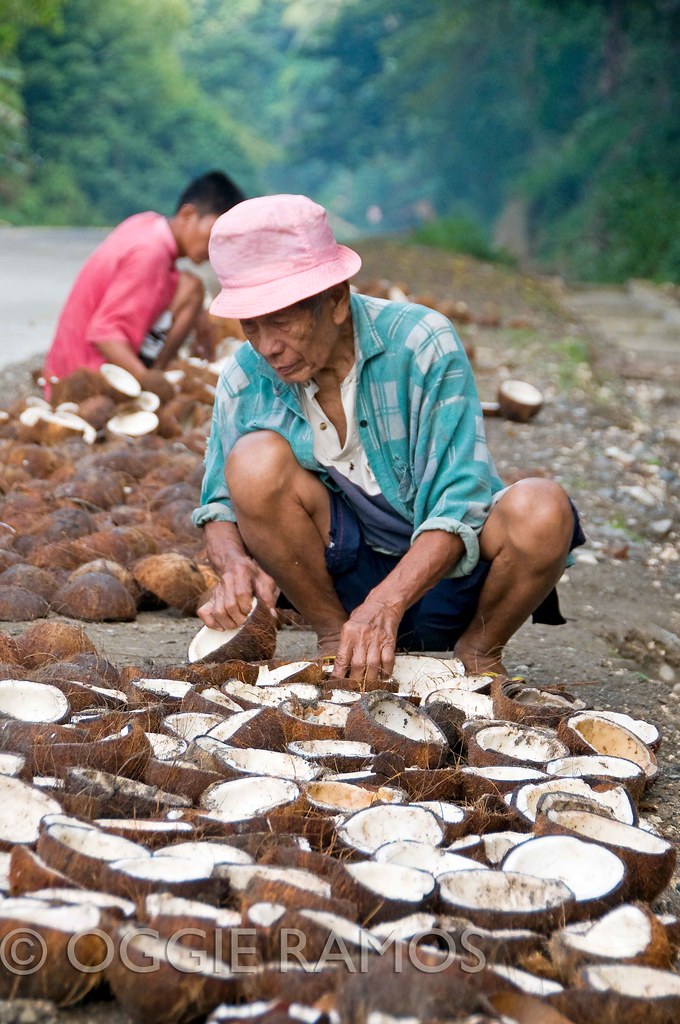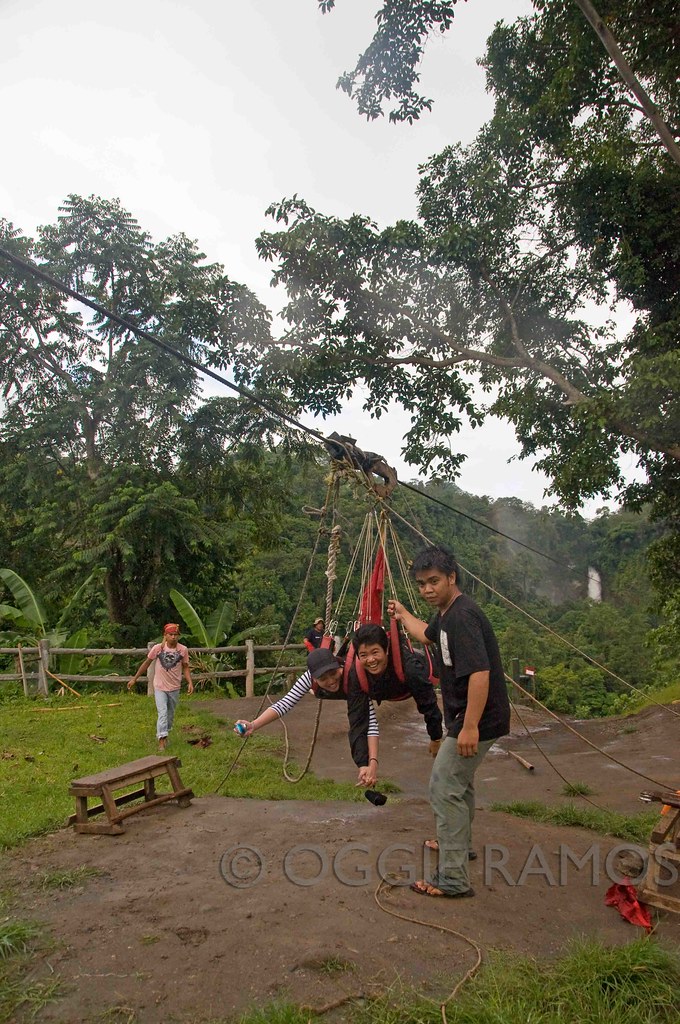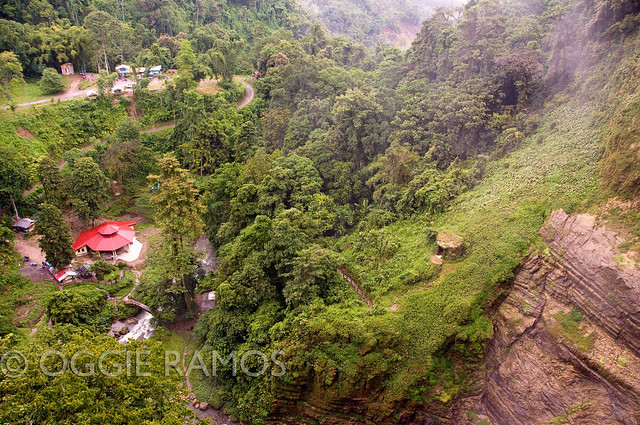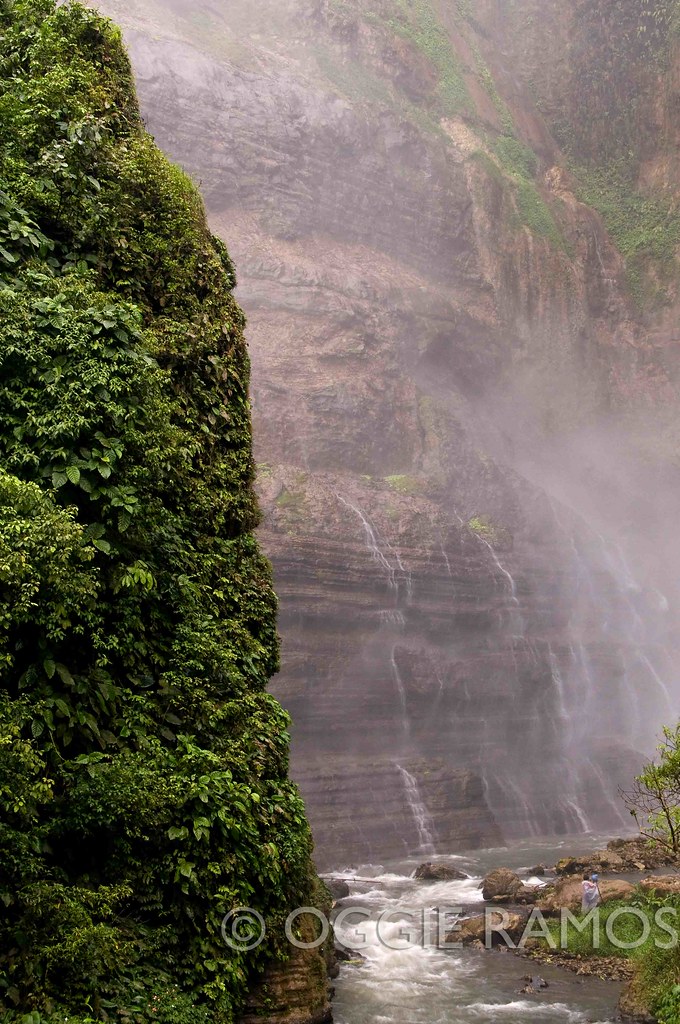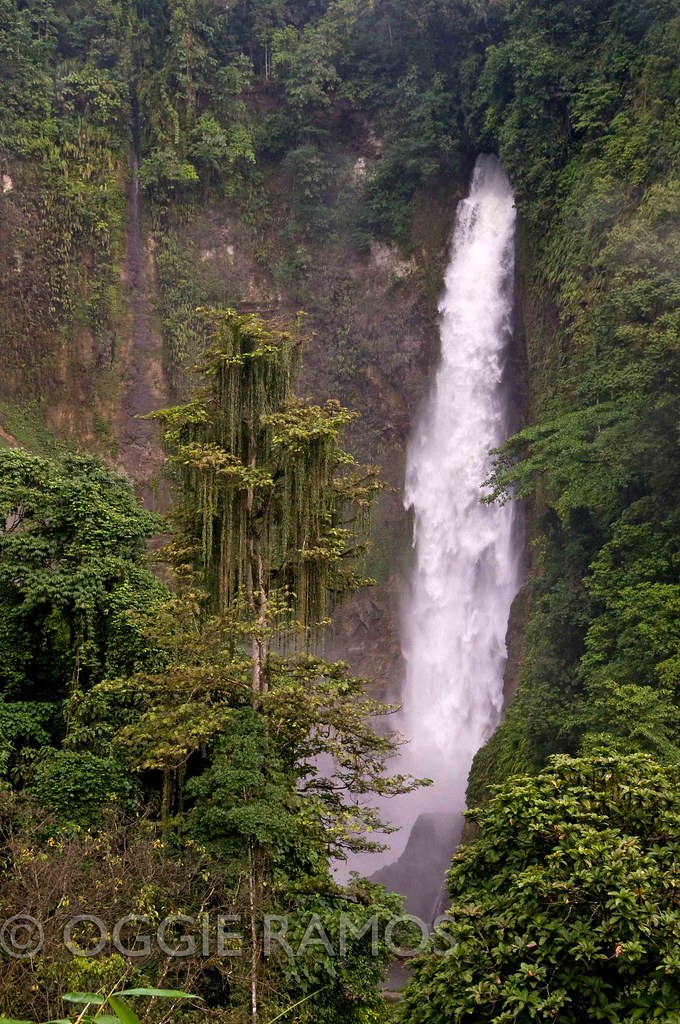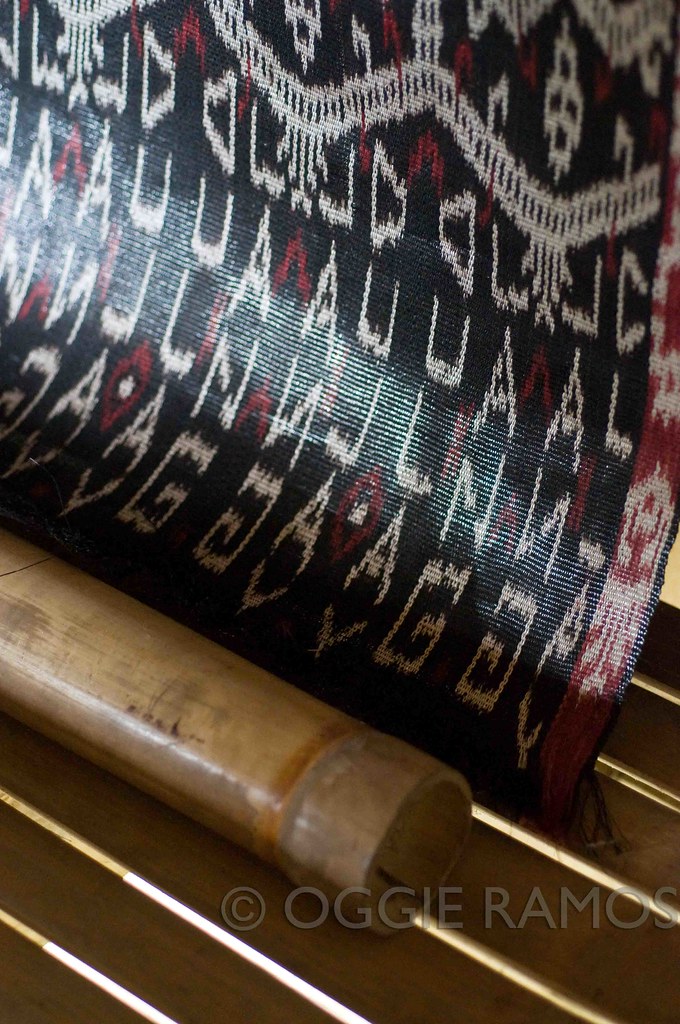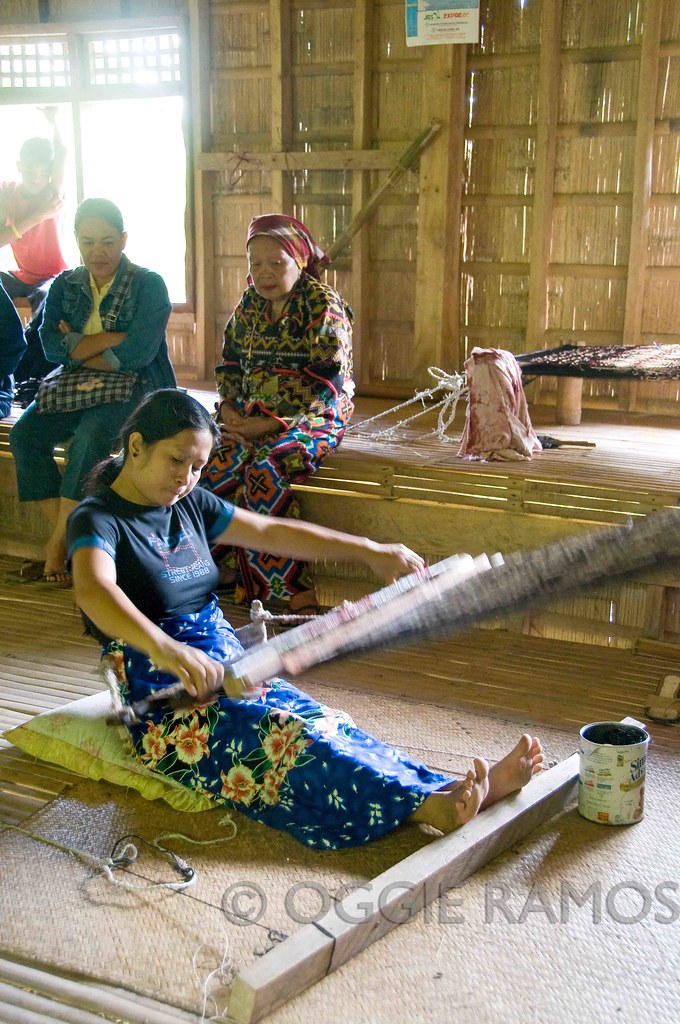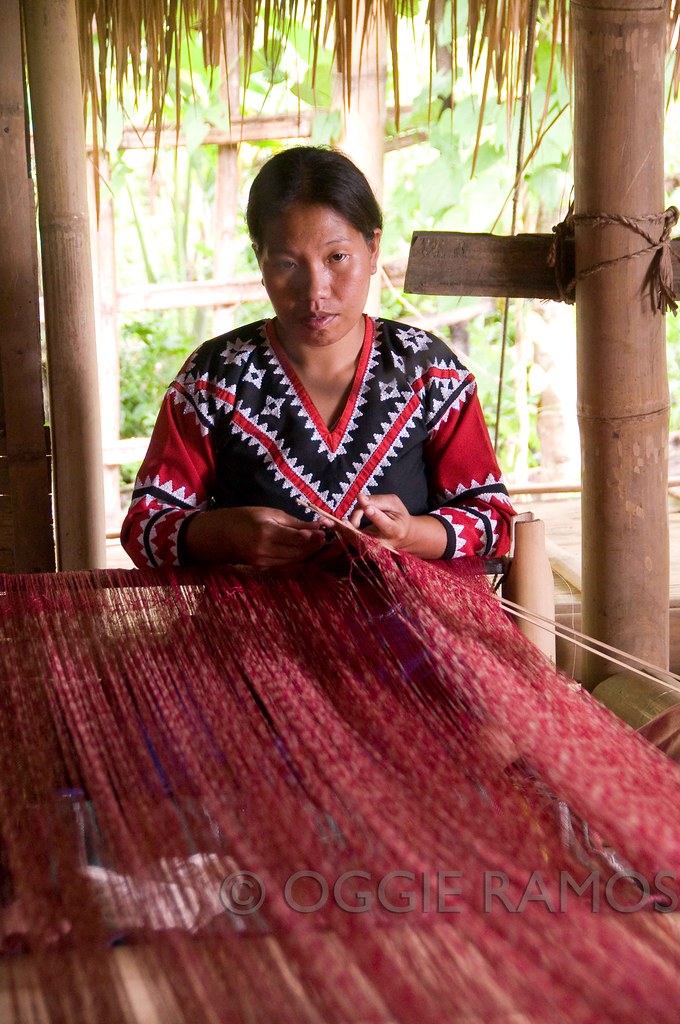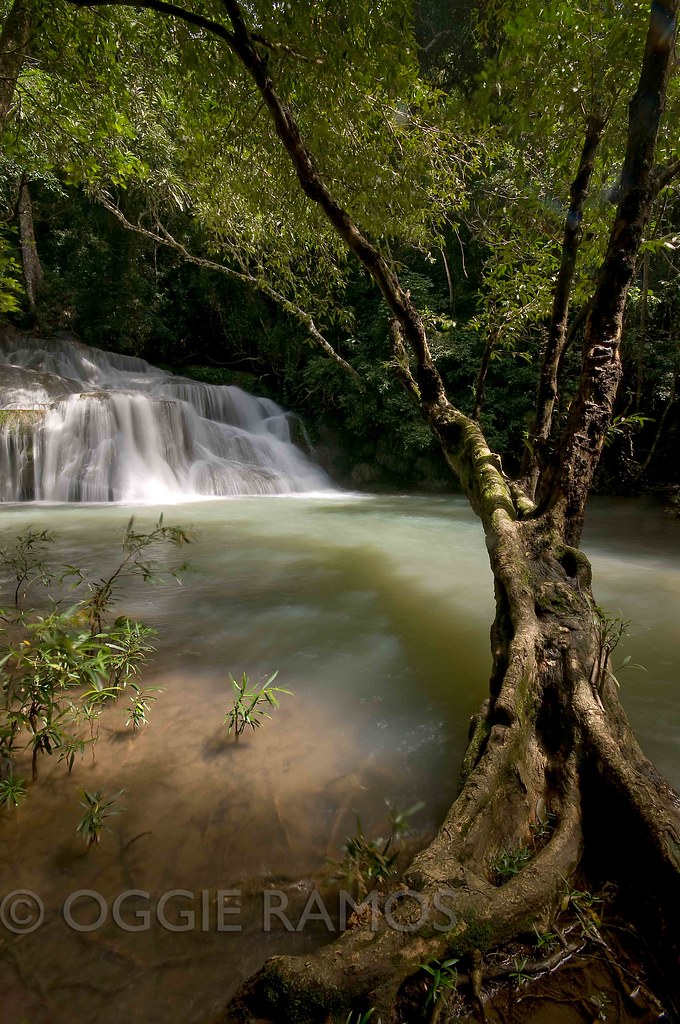 |
| Kaangrian Falls, breathtakingly luminescent in the dappled overcast light |
Going to Ilocos Norte took the better part of the night and morning but as for me, the road back to these northern parts took me the better part of five years. I remembered my first trip in 2005, driving for hours on end, fighting off sleepiness and fatigue but taking in all the wonderful scenery. Fastforward to a recent long weekend when the trip just happened, materializing on its own. I really had no plans of heading up north but I guess like life, trips just happen. For a change, it's fun to go on a short (two days only) roadtrip with a very relaxed itinerary (and no driving for me). As much as I love photography, at times, I just feel like relaxing my grip and savoring the moment.
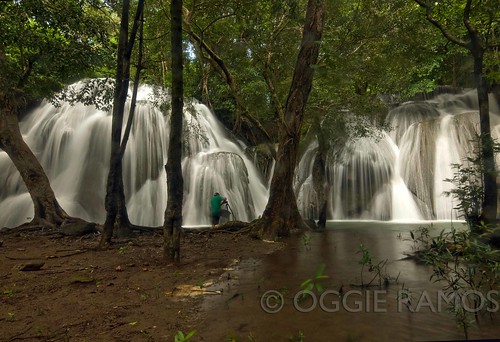 |
| Kaangrian cascades dwarf Kitz |
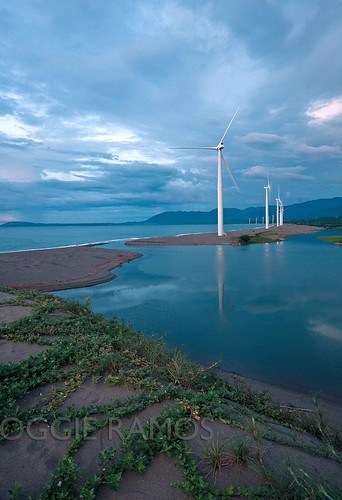 |
| Bangui Bay Blues |
First stop, Kaangrian Falls. With only a few hours of sleep while in transit, we stopped at the police station in Burgos to look for Julius, our guide for Kaangrian. The policemen were kind enough to escort us to the jump-off but we bumped midway into guess who, but Julius himself. With no time to go back to buy trail food or snacks, lunch had to wait until evening as we spent the late part of the morning and most of the afternoon at the falls.
Finding the falls took us an hour and a half of hiking thru the forest. The sun shone brightly for most of the afternoon which gave us some time to slack off, then as if repentant, it gave us a brief reprieve with some overcast conditions that allowed us to shoot the falls and admire its beauty. I've heard so much about this falls but never got the opportunity to go and see it for myself until now. According to our guide, Kaangrian means foul-smelling in Ilocano since the waters are tainted by guano but nevermind, the falls is breathtakingly beautiful and more than makes up for the hike.
Bangui Bay at sunset. The allure of what I call the "Big Iron Giants" still draw the tourists in droves, nevermind if the sky was grey. Who would've thought that giant wind turbines would not only generate much-needed power for Ilocos Norte but also generate tourism? We shot for a while and then checked out the mini-windmill souvenirs right along the shore. The habagat season often means less than stellar sunsets and this afternoon was no different but what the hey, we thank our lucky stars for giving us a window of overcast lighting at the falls so who are we to complain? Besides, lunch and slumber beckon at Villa Fernando in Bangui town proper.
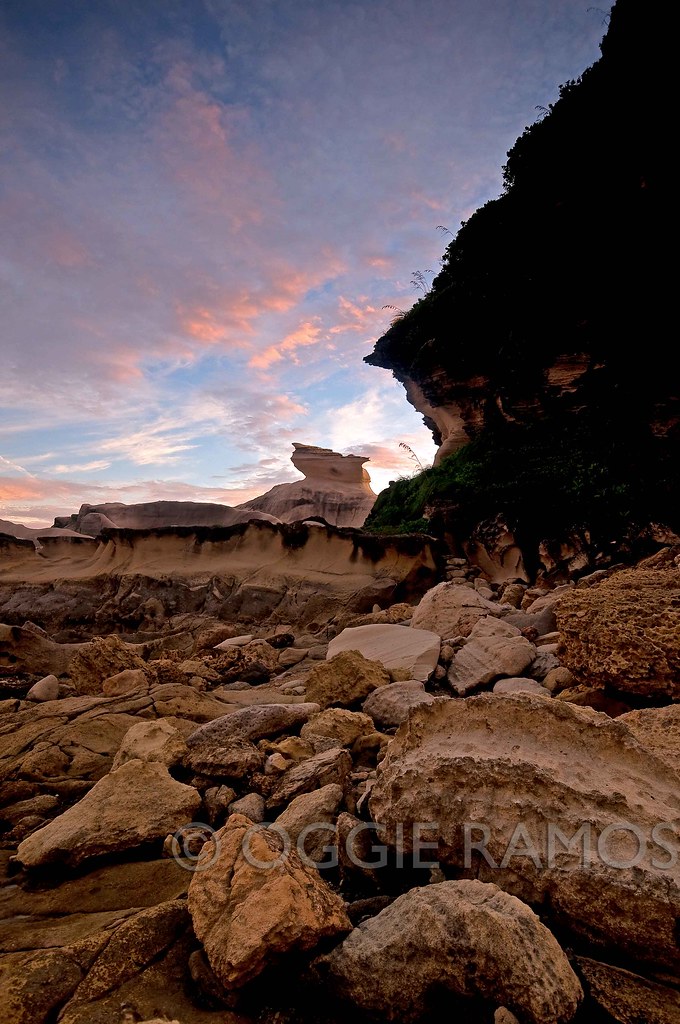 |
| Kapurpurawan in the early morning light |
Sunrise at Kapurpurawan. It was raining when we woke up at 3am. Will the fiery sunrise we saw along the road yesterday replay itself? Or will the rains continue and we ought to go back to sleep? We decided to take a chance and drove to the rocky coast of Burgos. At the turn from the highway, the trail narrows with tall grass mostly obscuring the path. Our photographer-friend from Dagupan, Kitz, surmised that with the rainy season, maybe fewer and fewer people are visiting as the vegetation is reclaiming the land.
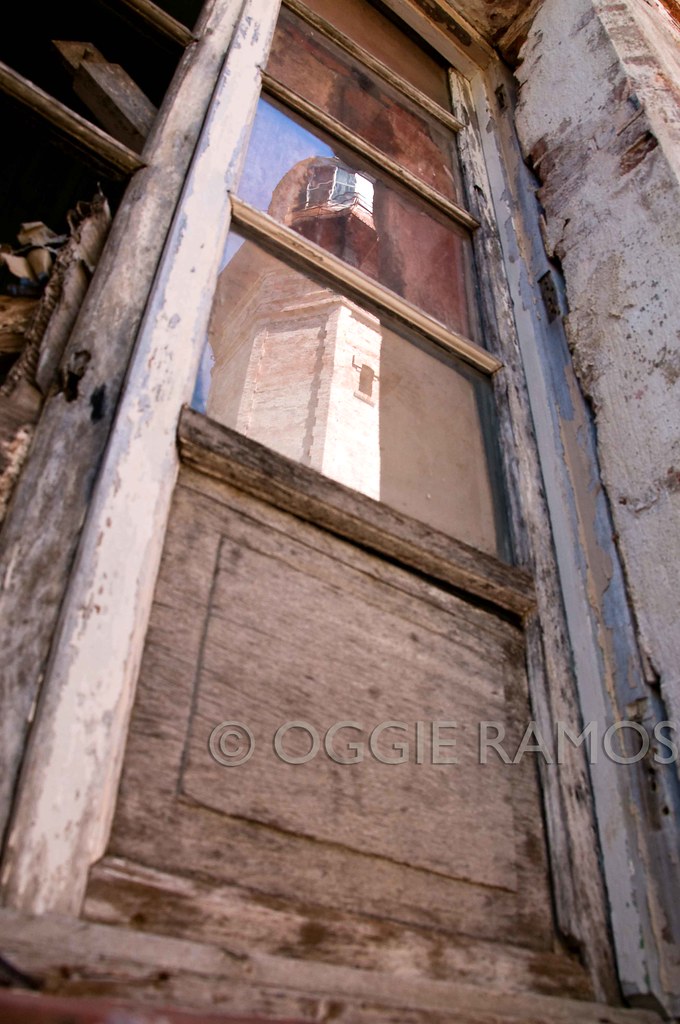 |
| Bojeador reflection |
Lantaw and I were singing James Taylor and Carole King songs while waiting for the light to shift while Kitz jockeyed up for position elsewhere. Ahhh, save for fishermen looking for crabs, we had the place all to ourselves, the quiet intruded only by the waves lapping on the nearby shore and our occasional quips. The reward was seeing this otherworldly rock formation in a new light as the sky wore subtle hues of red, pink and yellow against an ocean of blue.
Noon at Bojeador. In keeping up with the relaxed pace, sleep was inserted somewhere in the itinerary between Kapurpurawan and Bojeador.
Lantaw and I were mulling over the fact that this cultural heritage structure is a mirror image of the San Antonio lighthouse on Capones island when three busloads of college kids from Manila arrived. It seems to me that the significance of the place was lost on them as most came up for a cursory glance and then went on a posing binge for a Facebook profile. Mang Ben, the caretaker, wasn't around so it's off to the next stop.
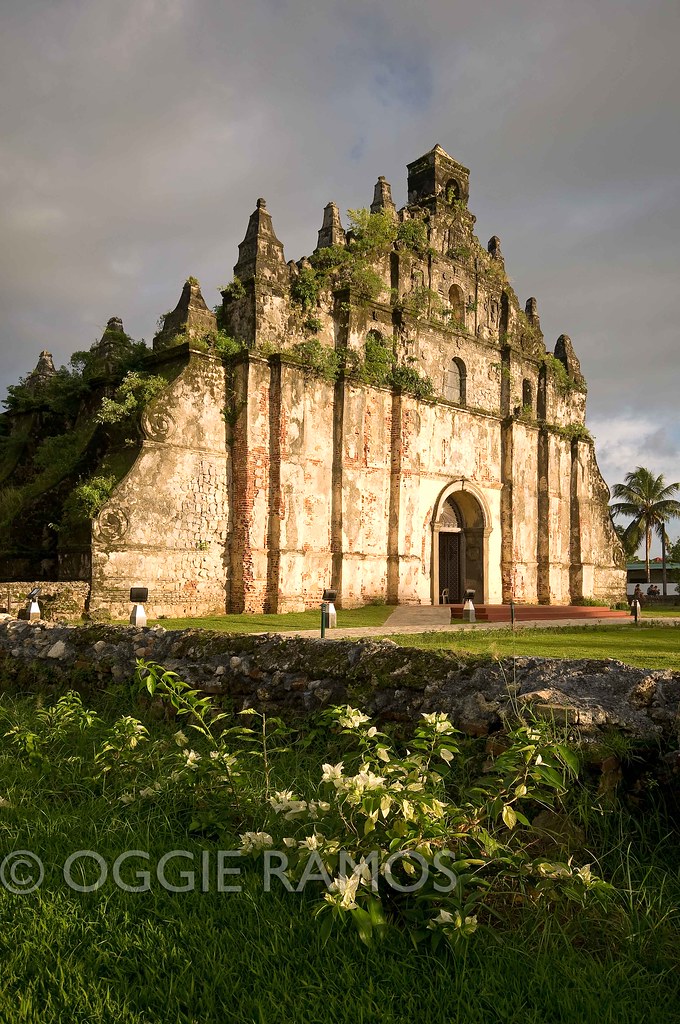 |
| Paoay Church looks resplendent, bathed in the golden sunset light |
Paoay at sunset. After enjoying some food (the mandatory empanada, of course, at Batac) along the way, we had to get our share of soul food as well. This we got at Paoay, where we caught the beautiful baroque facade of St. Augustin church seemingly aglow, bathed in the late afternoon sun. This UNESCO World Heritage Site never fails to draw the tourists in even with the lateness of the day so much so that I can't help but notice the rather upscale looking cafe and a bed & breakfast inn (with free Wi-Fi to boot) in front of the church getting good business. Even passing through Vigan later where we had our bagnet dinner, there were plenty of visitors eager to get a taste of the cultural experience. And perhaps like us, eager to explore and discover the hidden wealth, natural wealth that is, of Ilocos.
With apologies to the 80s group, Dream Academy, for borrowing the phonetic sound-alike title of their song, "Life in a Northern Town". Lagalog thanks Mon Corpuz, Kitz Ferrer, Wyatt Gavina and Allan Barredo for helping make this trip happen.
